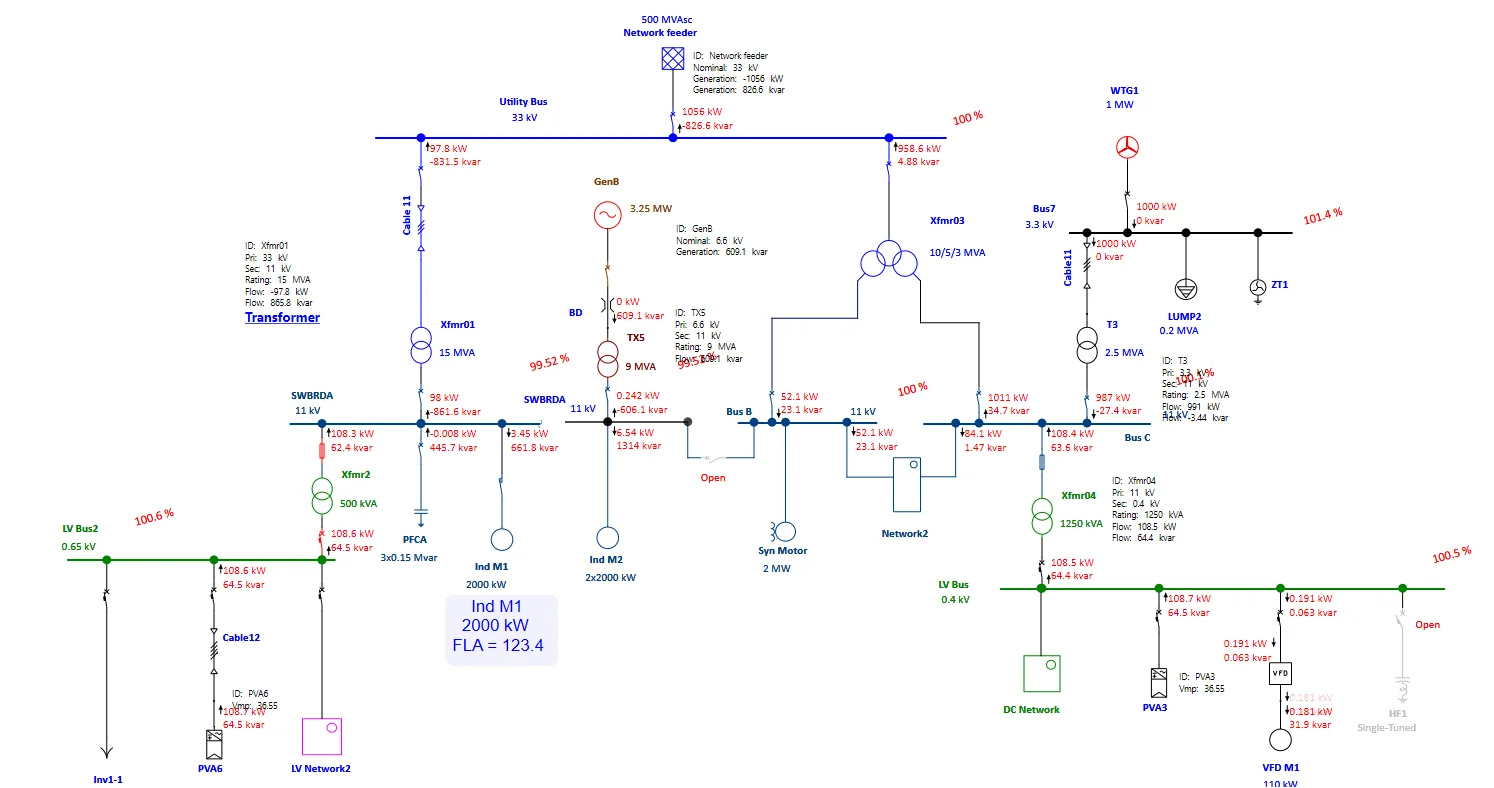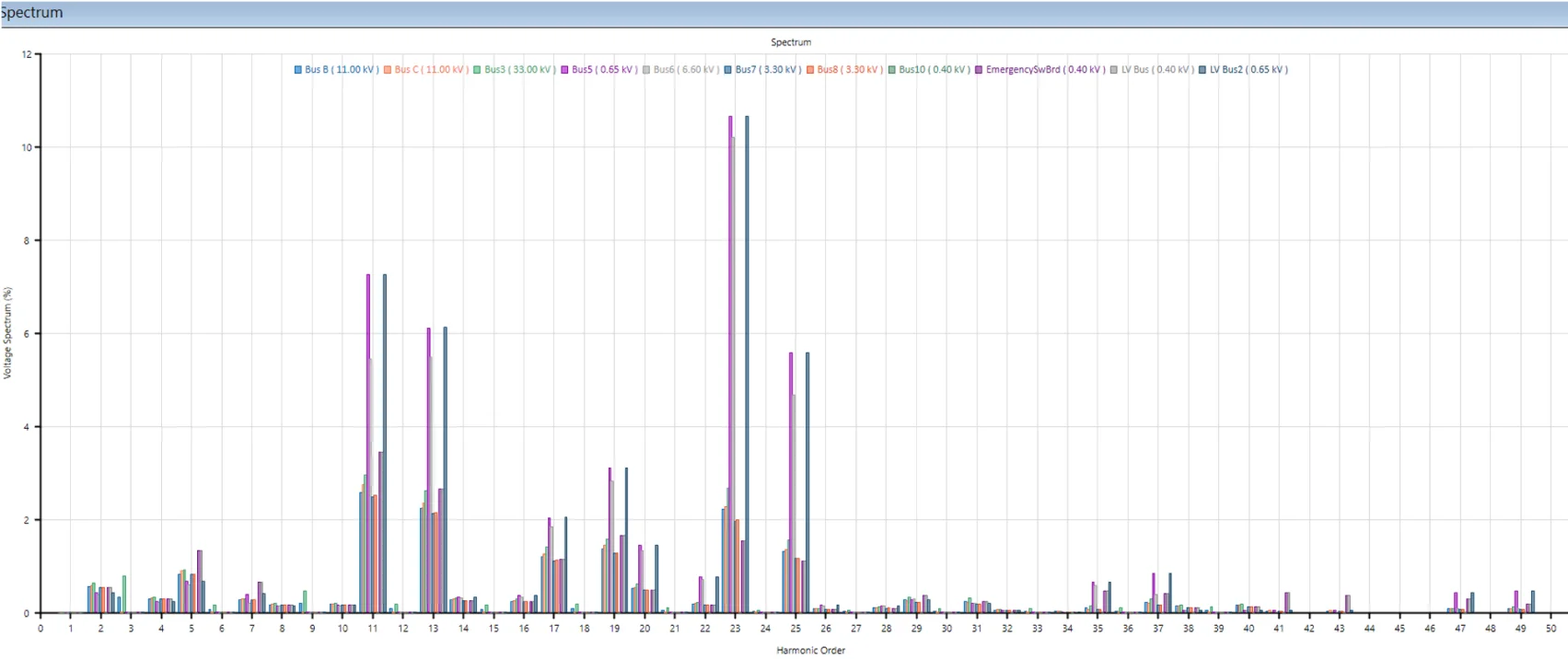Our team specializes in providing a comprehensive range of consulting services for power systems. With expertise backed by years of experience, we deliver in-depth analysis, expert recommendations, and innovative solutions. Count on us to deliver comprehensive insights, detailed reports, and expert recommendations to assist you in enhancing the performance, reliability, and safety of your power systems. Whether you need assistance with designing new systems, upgrading existing ones, or resolving specific issues, our consulting services deliver a holistic approach.
From evaluating grid codes and stability to assessing fault currents and protection schemes, our team's diverse skill set enables us to address complex challenges through various Root Mean Square (RMS) and Electromagnetic Transients Program (EMTP) studies. We ensure compliance with industry standards, regulatory requirements, and safety guidelines, offering peace of mind and risk mitigation.
Main benefits include:
- Enhanced system performance and reliability
- Improved system planning and design
- Enhanced utilization of resources
- Safety and risk mitigation
- Compliance with industry standards and regulations
- Efficient operations and maintenance
- Decreased downtime
- Informed decision-making
- Lowered costs
Our range of Consulting Services includes, but is not limited to:
- Power Flow and Short-Circuit Studies
- Protection Coordination and Arc Flash Study
- Switchgear sizing
- Stability Study
- Motor Acceleration and Re-acceleration Study
- Power Quality Study
- EMTP Study
- Grid Compliance Study
- Grid Integration Study
Engineering & Consulting - Consulting Services
Our team specializes in providing a comprehensive range of consulting services for power systems. With expertise backed by years of experience, we deliver in-depth analysis, expert recommendations, and innovative solutions. Count on us to deliver comprehensive insights, detailed reports, and expert recommendations to assist you in enhancing the performance, reliability, and safety of your power systems. Whether you need assistance with designing new systems, upgrading existing ones, or resolving specific issues, our consulting services deliver a holistic approach.
From evaluating grid codes and stability to assessing fault currents and protection schemes, our team's diverse skill set enables us to address complex challenges through various Root Mean Square (RMS) and Electromagnetic Transients Program (EMTP) studies. We ensure compliance with industry standards, regulatory requirements, and safety guidelines, offering peace of mind and risk mitigation.
Main benefits include:
- Enhanced system performance and reliability
- Improved system planning and design
- Enhanced utilization of resources
- Safety and risk mitigation
- Compliance with industry standards and regulations
- Efficient operations and maintenance
- Decreased downtime
- Informed decision-making
- Lowered costs
Our range of Consulting Services includes, but is not limited to:
- Power Flow and Short-Circuit Studies
- Protection Coordination and Arc Flash Study
- Switchgear sizing
- Stability Study
- Motor Acceleration and Re-acceleration Study
- Power Quality Study
- EMTP Study
- Grid Compliance Study
- Grid Integration Study
Load Flow or Power Flow StudyLoad flow, also known as power flow, is a crucial analysis conducted in power system engineering to assess the steady-state performance of an electrical network. It helps determine how power is transmitted and distributed across the system, ensuring proper voltage regulation, improved power transfer, and reliable operation. The Load Flow Study considers the active power (real power) and reactive power (imaginary power) flows within the network. By simulating different operating conditions and loads, it provides critical information on voltage levels, power losses, line loading, and equipment capabilities. This data assists in system planning, operation, and expansion decisions. Benefits
|
|
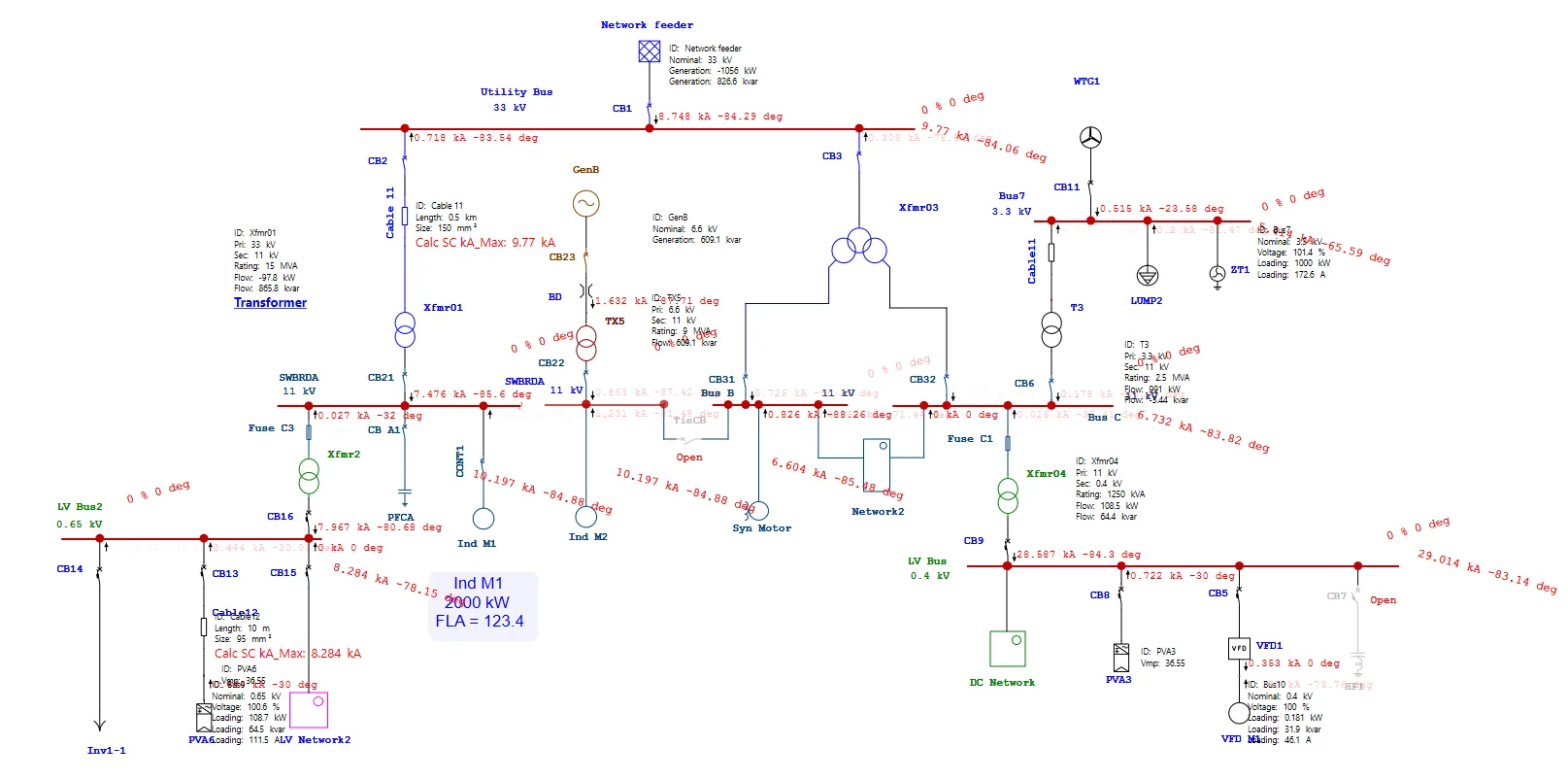 | Short Circuit Study A Short Circuit Study, also known as a Fault Study or Fault Analysis, is a critical analysis performed in power system engineering to assess the behavior and response of an electrical network under short circuit conditions. It involves calculating fault currents, analyzing fault levels, and determining the impact of faults on equipment, protection systems, and overall system stability. The primary objective of a Short Circuit Study is to ensure that the system can safely withstand and quickly recover from short circuits without causing extensive damage to equipment, personnel safety hazards, or prolonged power outages. The study helps identify potential areas of concern and enables engineers to design and implement appropriate protection measures. Benefits
|
Protection Coordination StudyProtection coordination is a critical aspect of electrical power system design and operation. A Protection Coordination Study involves analyzing the protective devices such as relays, fuses, and circuit breakers, to ensure their proper coordination and timely response to faults. By coordinating protection settings, engineers can minimize system downtime, mitigate the impact of faults, and enhance overall system reliability. The study aims to minimize equipment damage and system downtime by ensuring that the protective devices closest to the fault isolate the faulted area while keeping the rest of the system operational. Benefits
| 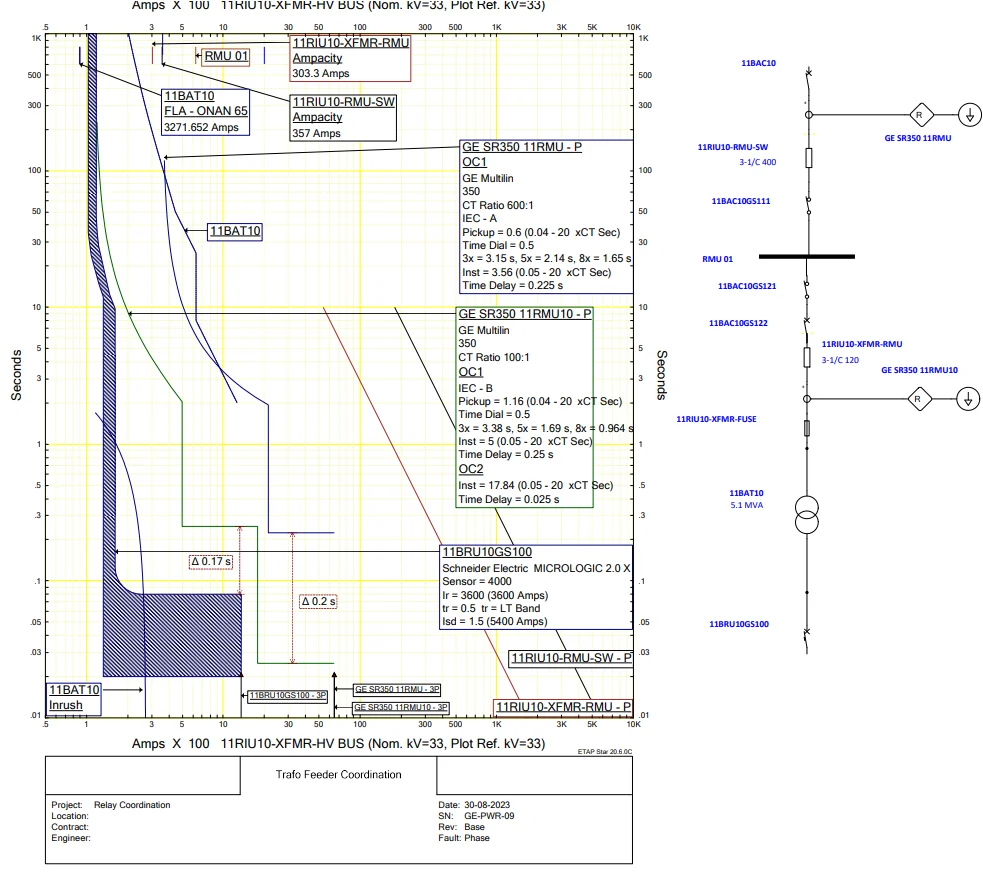 |
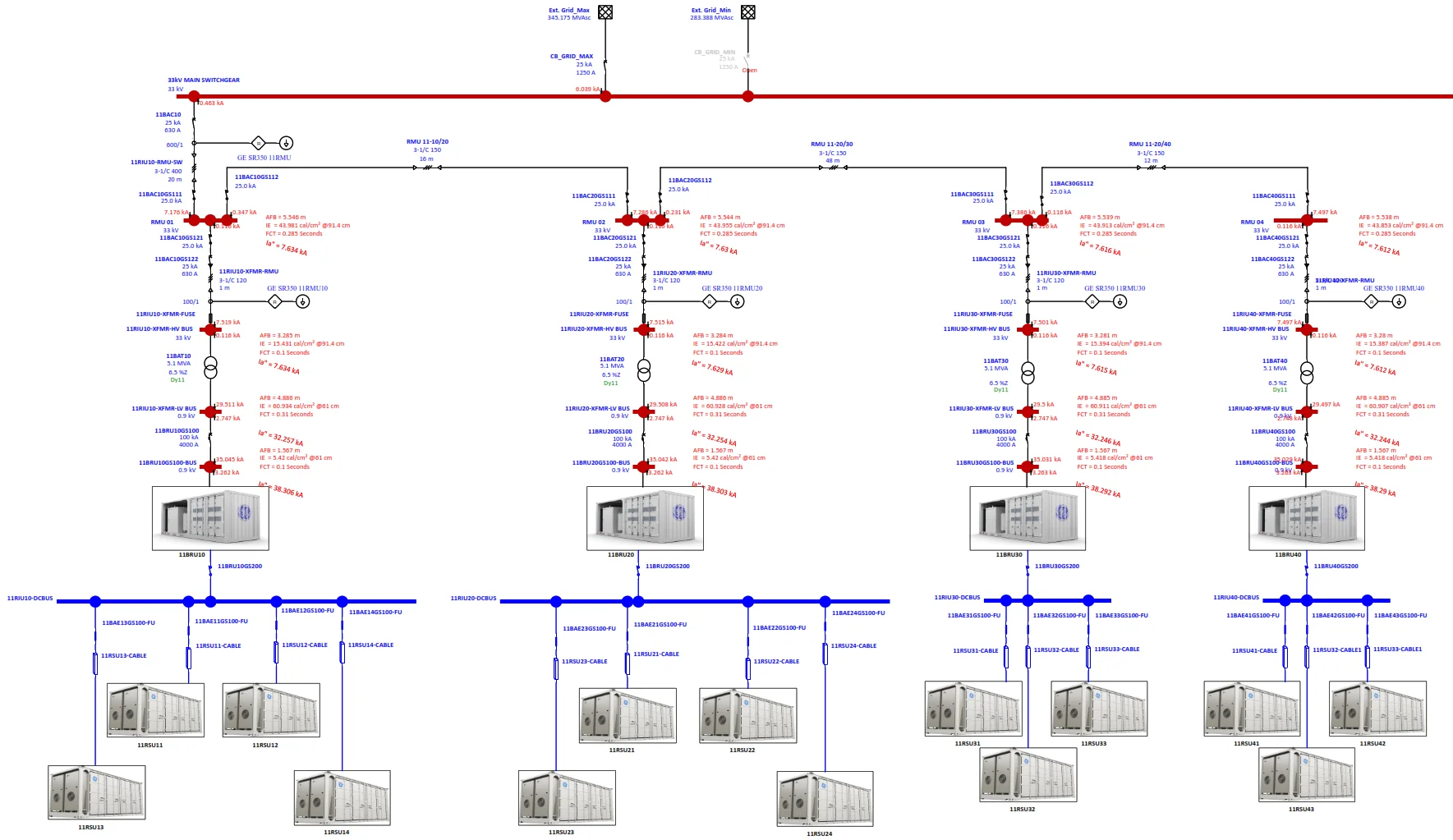  | Arc Flash StudyArc flash incidents pose significant risks to personnel working with or around electrical equipment. An Arc Flash Study, also known as an Arc Flash Hazard Analysis, is a critical process in assessing and mitigating the hazards associated with electrical arc flashes. By analyzing the electrical system, identifying potential arc flash hazards, and implementing appropriate safety measures, engineers can protect workers, prevent accidents, and ensure compliance with safety regulations. Benefits
Outcomes
|
Stability StudyStability is a crucial aspect of power system operation and planning. Power system stability studies are conducted to assess the dynamic behavior and response of the system under various operating conditions. These studies analyze the system's ability to maintain stable and secure operation following disturbances such as faults, sudden load changes, or switching actions. The primary objective of a stability study is to ensure that the power system can withstand and recover from disturbances without experiencing significant voltage or frequency deviations, stability limits violations, or even blackouts. By conducting stability studies, stakeholders can identify potential stability issues, develop appropriate mitigation strategies, and enhance the system's overall reliability and performance. Benefits
Outcomes
| 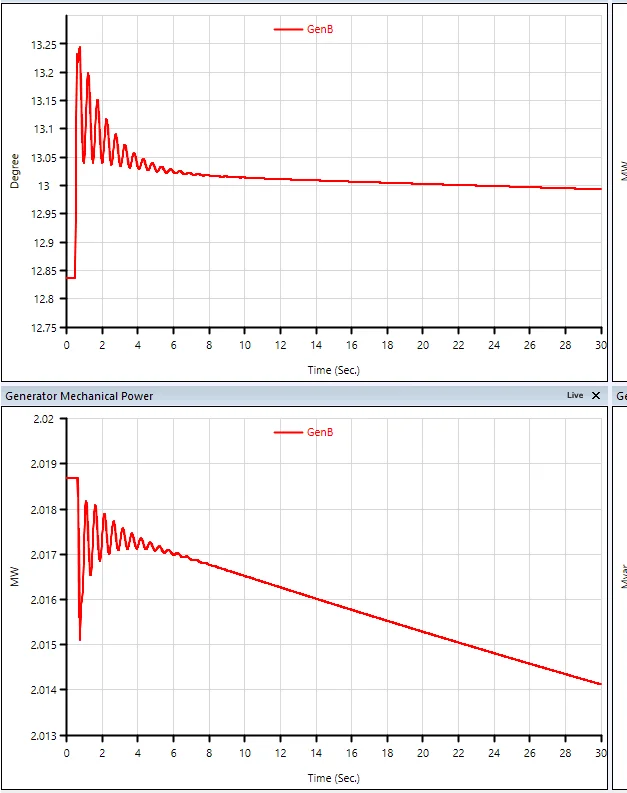 |
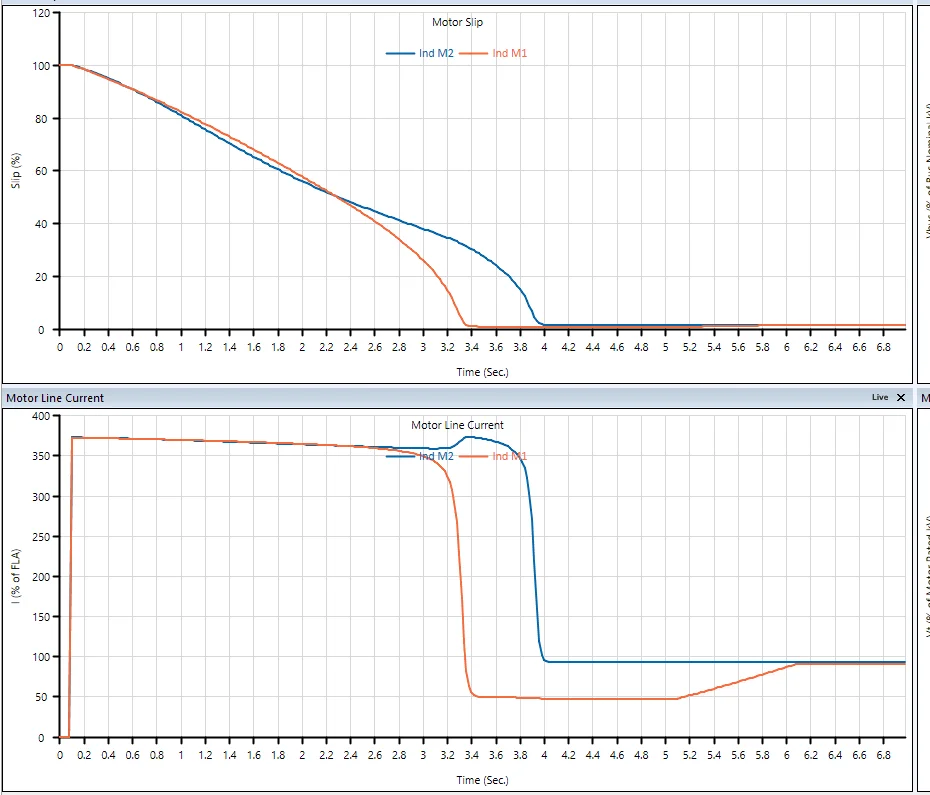 | Motor Acceleration StudyMotor Acceleration Simulation Studies have become an essential tool in the field of engineering, enabling designers to analyze and select the suitable motor for their application in conjunction with their existing network. By leveraging mathematical models and advanced simulation techniques, engineers can gain valuable insights into motor behavior and enhance acceleration performance. The primary objective of the Motor Acceleration Study is to determine the voltages, currents, and starting times involved when starting large motors or a group of motor, either sequentially or simultaneously. Benefits
Outcomes
|
Power Quality StudyPower quality refers to the characteristics of electrical power that determine its suitability for reliable operation of electrical equipment. A Power Quality Study involves assessing and analyzing various parameters of the electrical supply to identify any deviations from desired standards. The study aims to understand the causes of power quality issues, evaluate their impact on the electrical system, and implement appropriate measures to mitigate them. Benefits
The following are some power quality standards:
|
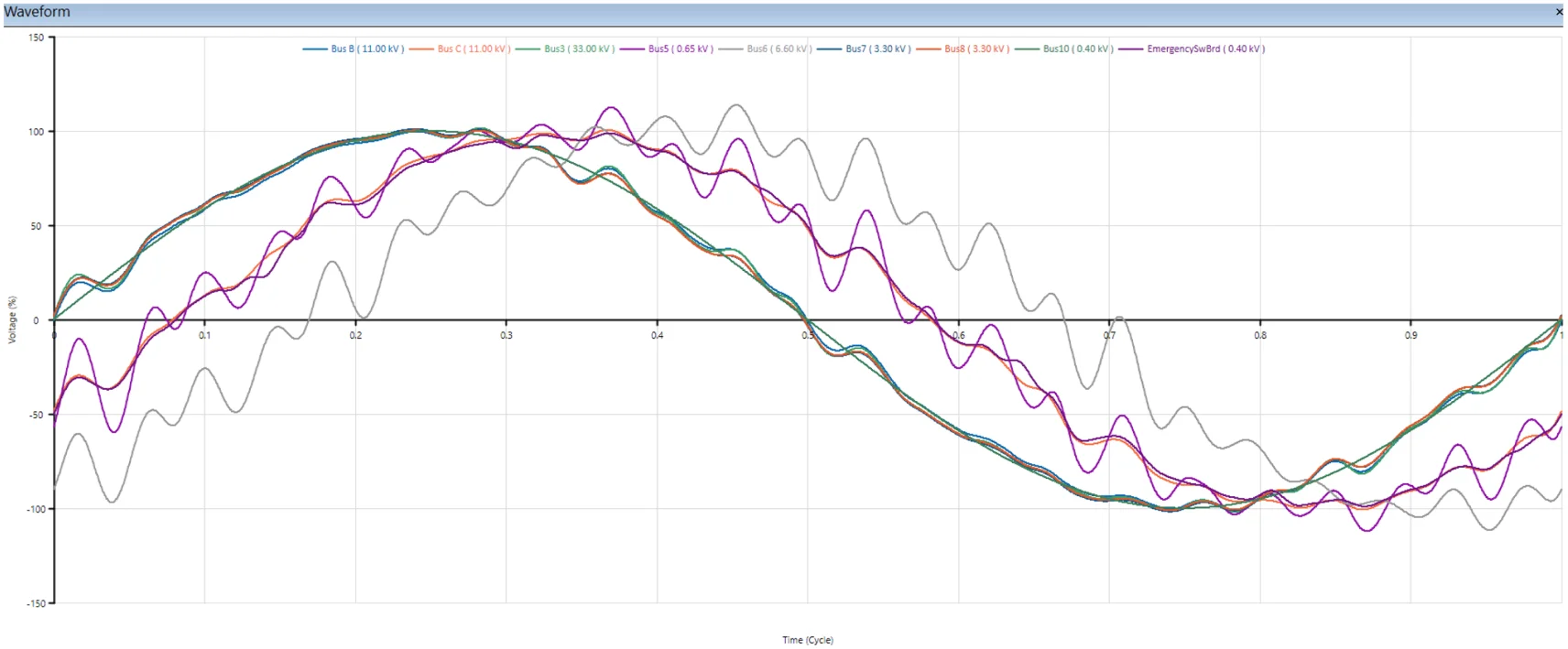 |
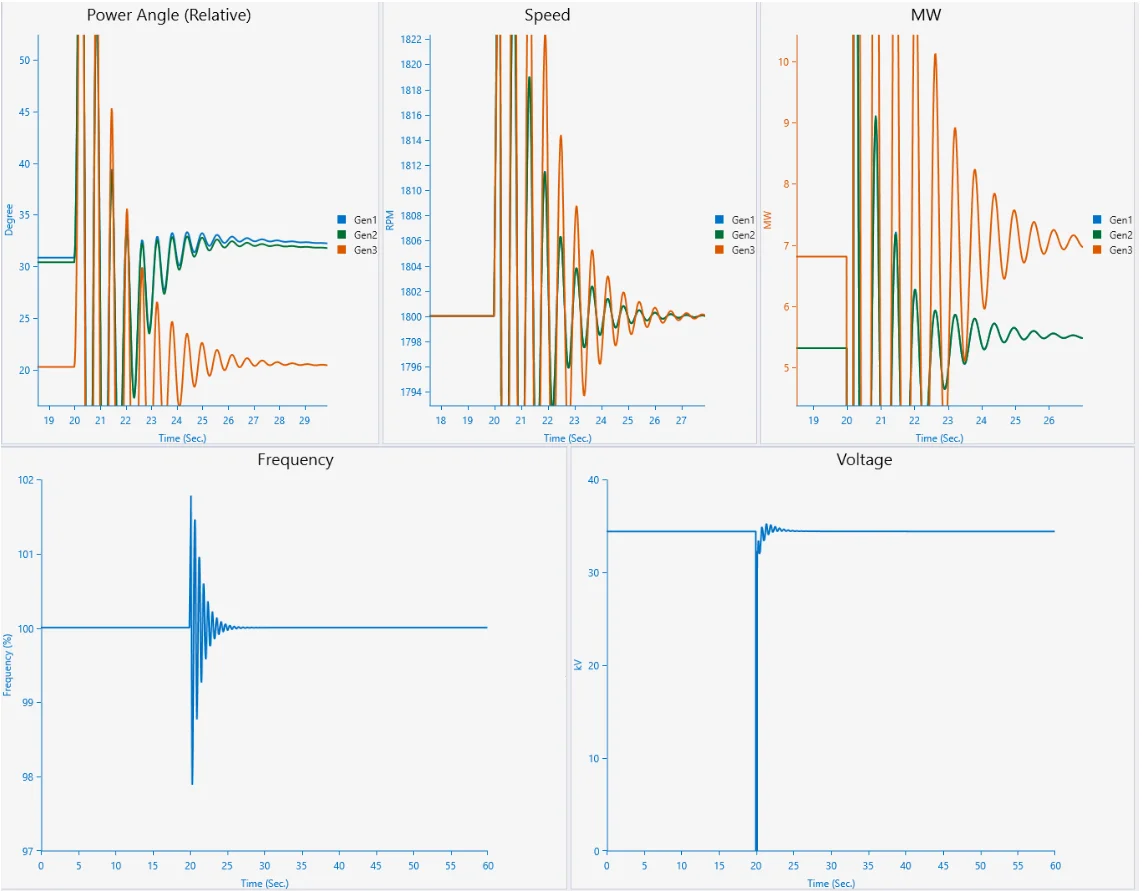 | EMTP StudyElectromagnetic Transients Program (EMTP) is a software tool widely used in the analysis and simulation of transient phenomena in power systems. It is a computer-based simulation program that provides a platform for studying electromagnetic transients, such as voltage and current waveforms, in electrical networks. EMTP studies are focused on analyzing and simulating transient events, while RMS studies primarily analyze steady-state conditions. The EMTP analysis allows engineers to model and analyze the behavior of complex power system components and their interactions during transient events. Benefits
|
Grid Compliance StudyGrid compliance refers to the adherence to technical requirements, standards, and regulations specified by grid codes. Grid codes define the rules and specifications for connecting power generation and load facilities to the grid, ensuring safe, reliable, and efficient operation of the power system. Grid codes vary regionally due to a range of factors including grid infrastructure, network characteristics, renewable penetration, generation mix, state-of-the-art technologies, grid stability, voltage control, frequency regulation, and institutional compliance. These studies aim to assess the behavior of renewable generation and distributed energy resources (DERs) under various operating conditions, identify potential grid integration issues, and recommend appropriate measures for compliance with specific country grid codes. Grid compliance studies for renewable generation and DERs offer several benefits: Benefits:
| 
 |
Grid Integration Study
A Grid Integration Study is a comprehensive analysis conducted to assess the seamless integration of renewable generation and DERs into the existing power system. As the world transitions towards a more sustainable energy future, incorporating renewable energy sources and DERs, such as solar photovoltaics (PV), wind turbines, energy storage systems, and demand response into the grid becomes essential. A Grid Integration Study aims to evaluate the technical, economic, and operational aspects of integrating these resources into the power system while ensuring stability, reliability, and optimal performance.
These studies are highly customized to address the specific concerns of a particular power system. Generally, these studies involve the use of modeling approaches that fall into three main categories: capacity expansion, production cost, and power flow analyses. While an ideal Grid Integration Study incorporates all three types of analyses, many studies focus on just one or two methods.
Benefits
- Assesses upcoming generation and transmission portfolios to achieve renewable energy targets at reduced costs while maintaining reliability objectives.
- Simulates the operation of the power system under different future renewable energy-penetration scenarios and at different timescales.
- Identifies reliability constraints associated with different renewable energy scenarios.
- Determines the relative cost of integrating high levels of variable renewable energy.
